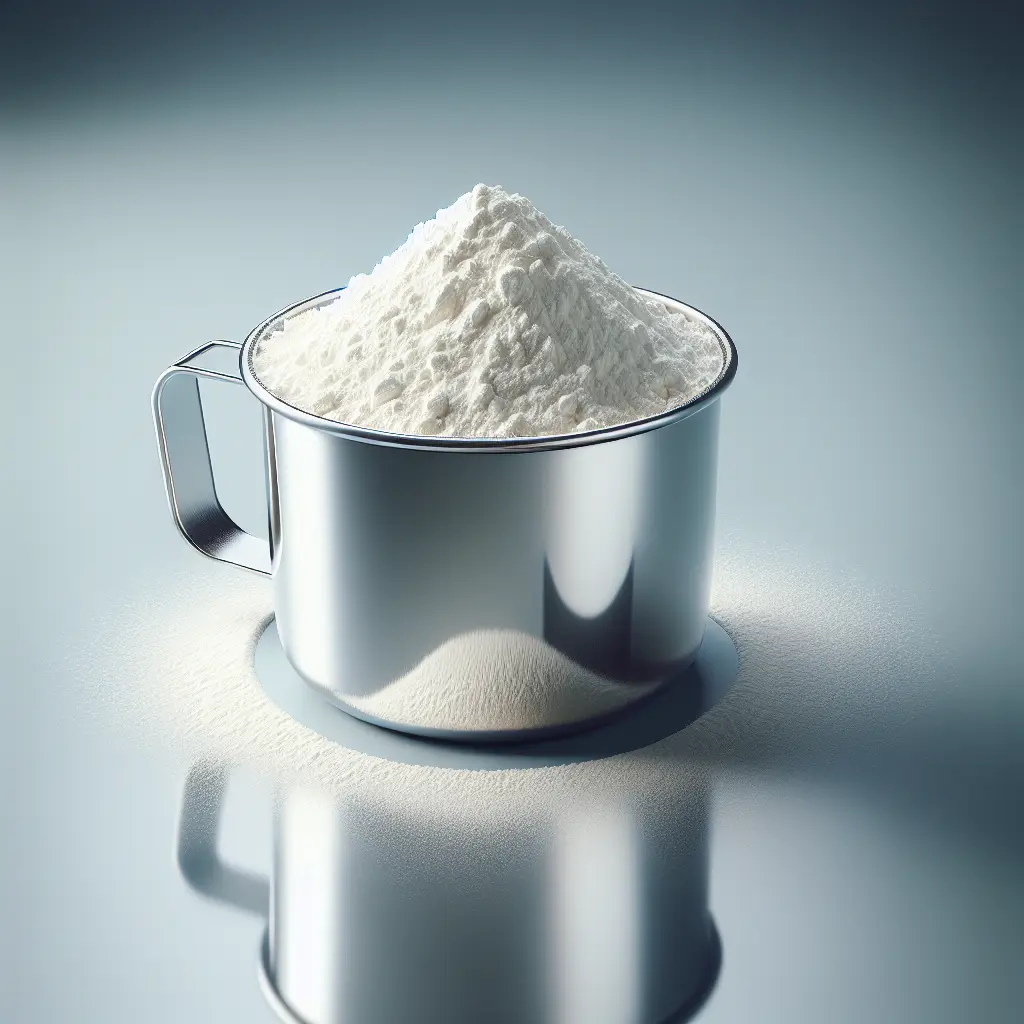All-Purpose Flour
All-purpose flour is the most common type of flour and can be used for a variety of purposes. It's made from a blend of hard and soft wheat and has a moderate protein content. All-purpose flour is a good choice for baking bread, cookies, cakes, and other pastries.
Bread Flour
Bread flour is made from hard wheat and has a high protein content. This gives bread flour a strong gluten network, which is essential for making bread. Bread flour is the best choice for making bread because it will produce a loaf with a chewy texture and a crisp crust.
Cake Flour
Cake flour is made from soft wheat and has a low protein content. This gives cake flour a weak gluten network, which is ideal for making cakes. Cake flour will produce a cake that is tender and crumbly.
Pastry Flour
Pastry flour is made from a blend of hard and soft wheat and has a medium protein content. This gives pastry flour a gluten network that is strong enough to hold the pastry together but weak enough to produce a flaky texture. Pastry flour is the best choice for making pastries, such as pie crusts and croissants.
Whole Wheat Flour
Whole wheat flour is made from the entire wheat kernel, including the bran, germ, and endosperm. This gives whole wheat flour a higher fiber content and a nutty flavor. Whole wheat flour is a good choice for making bread, cookies, and other pastries.
Gluten-Free Flour
Gluten-free flour is made from grains that do not contain gluten, such as rice, quinoa, and almond. Gluten-free flour is a good choice for people who have celiac disease or gluten intolerance.
How to Choose the Right Flour
The type of flour you choose will depend on the recipe you are making. Here are some tips for choosing the right flour:
- For bread, use bread flour.
- For cakes, use cake flour.
- For pastries, use pastry flour.
- For whole wheat bread or pastries, use whole wheat flour.
- For gluten-free baking, use gluten-free flour.
Tips for Using Flour
- When measuring flour, be sure to spoon it into the measuring cup and then level it off with a knife. Do not scoop flour directly from the bag, as this will pack the flour and give you an inaccurate measurement.
- Store flour in a cool, dry place. Flour can absorb moisture from the air, so it's important to keep it sealed in an airtight container.
How many calories are in Flour?
Each 1 cup of Flour contains 455 calories.
Flour Nutritional Information
| Nutrient | Amount per 1 cup (125g) |
|---|---|
| Calories | 455 Calories |
| Protein | 13g |
| Fat | 1.2g |
| Saturated Fat | 0.2g |
| Cholesterol | 0mg |
| Carbohydrates | 95g |
| Dietary Fiber | 3.4g |
| Sugar | 0.3g |
| Sodium | 0.0025mg |
| Potassium | 0.1338mg |
| Calcium | 0.019mg |
| Iron | 0.0058mg |
